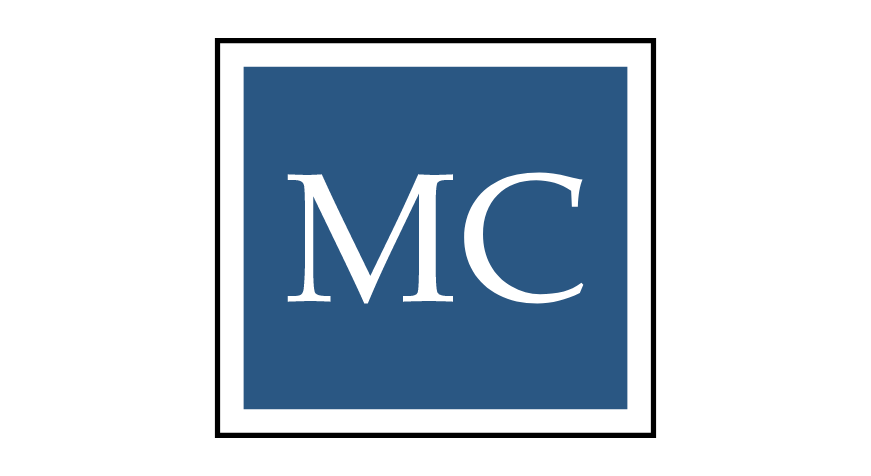Rollover from 529 Plan to Roth IRA Under SECURE 2.0
A significant change is on the horizon with the introduction of SECURE 2.0. This forthcoming provision will allow individuals to execute a rollover from a 529 educational savings plan into a designated beneficiary’s Roth IRA, subject to a specified monetary limit. Many of our clients find themselves with surplus funds in their 529 accounts after their children’s college education is complete. This novel rollover option could offer a solution to utilize these remaining funds effectively.
Do you find yourself among those parents who stand to benefit from this alteration? Was your child’s college journey in 2020 and 2021 marred by the COVID-19 pandemic disruptions?
Despite tuition expenses, the lack of accommodations expense may have led to a surplus in your 529 account. Additionally, the continuous uptrend in the stock market until 2022 may have contributed to the appreciation of the account’s value. You may find yourself with underutilized funds in the 529 account.
Key Insights into the New 529-to-Roth Rollover Provision:
- Implementation of this provision commences in 2024, rather than 2023.
- The 529 plan must have been operational for a minimum of 15 years.
- A cap of $35,000 per beneficiary applies to the lifetime rollover amount.
- The Roth IRA must be registered under the beneficiary’s name from the 529 plan.
- Contributions made within the last five years, along with the earnings generated from those contributions, are not eligible for transfer into the Roth IRA.
- The rollover limit annually coincides with the IRA contribution limit for the respective year, adjusted for any pre-existing IRA contributions. For instance, if the present IRA contribution limit is $6,500 and the beneficiary has made an IRA contribution of $2,000, the rollover allowance would be reduced to $4,500. Consequently, reaching the $35,000 lifetime limit might necessitate more than five years.
- The rollover is required to follow a plan-to-plan or trustee-to-trustee process. Directly transferring funds via check from the 529 plan to the IRA is not permissible.
- Beneficiaries are exempt from income constraints when contributing to a Roth IRA. Even if the beneficiary’s income surpasses $153,000 (for single individuals), a rollover from the 529 plan to the Roth IRA remains a viable option.
- The beneficiary must possess earned income, and the rollover amount cannot exceed the lesser of the earned income or the IRA contribution limit. Thus, if the beneficiary is unemployed, no rollover is feasible due to the absence of earned income.
Considering the longevity of a 529 plan, if established at a child’s birth, the funds would accumulate within the plan for at least 15 years by the time the child reaches 16. Subsequently, once the child enters the workforce, transferring funds from the 529 to a Roth IRA becomes feasible, especially useful if the child receives a scholarship or expenses turn out to be lower than anticipated.
Continual 529-to-Roth rollovers are permissible until the lifetime transfer ceiling of $35,000 is attained, though it remains uncertain whether Congress may increase this limit in the future.
Outstanding Questions Regarding the 529 Rollover to Roth IRA:
Numerous inquiries about this new provision await clarification from the IRS at the time of writing. A common query pertains to scenarios where the 529 beneficiary undergoes a change. Does the 15-year holding period stipulation recommence? Or is it transferred from the previous beneficiary?
For more detailed information about 529 plans, please consult IRS Pub 970: Tax Benefits for Education.

